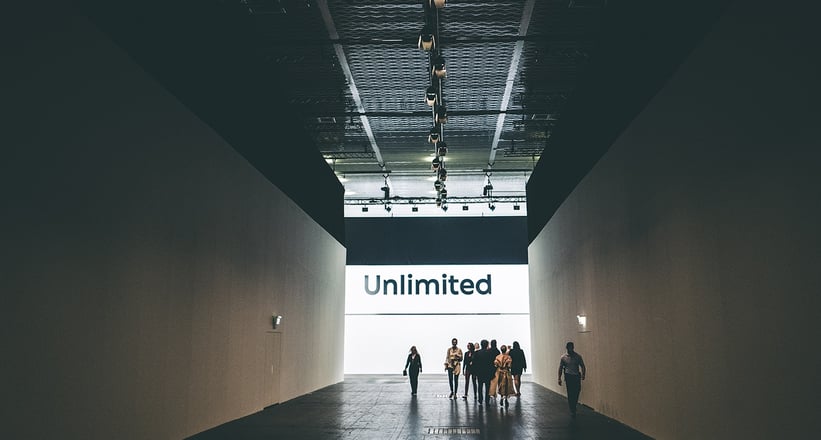

In an age of fake news and abundant conspiracy theories, we can’t resist making a small hypothesis: Art Basel is not the largest art fair in the world, but rather the most magnificent mass art performance in human history (the global financial system excluded). All the participants who flocked to the preview last Tuesday – from the Berlin gallerists with dollar sign contact lenses behind their horn-rimmed spectacles to the super collectors from New York grinning and pushing forward in the VIP queues – must have spent months in method acting classes, preparing for their performances and working on the correct intonation of ‘amazing’ in the face of piles of rubble freshly unloaded in a white-cube gallery space.



Hollywood’s finest costume designers provided thousands of comps with authentic attributes to ensure every detail was right, from the Japanese sneakers to ironic iPhone cases. And Denis Rodman’s fraternity ceremony, featuring Donald Trump and Kim Jong Un, was merely a satellite show that coincided with the opening of the fair and teased the coming year’s Art Basel Singapore.


Nonsense? Perhaps. But the American artist and self-declared public notary Paul Ramirez Jonas really did declare, in exchange for a few gold coins, the bold lies of us and other fair visitors in the context of his ‘Alternative Facts’ performance. And in fact, it’s becoming more and more difficult for artists and galleries to counteract the everyday realities of life with surprising works, stages, and perceptual experiences. Meanwhile, in the Galleries sector – Art Basel’s two-storey power shopping zone – ironic tweets in floor-to-ceiling dimensions (‘There’s a secret version of Tinder for hot people and you can’t use it’), rotating car wash rollers and full-scale ATMs competed with the great classics of modernity for a prime position in the billionaires’ penthouses.



Meanwhile, the Unlimited sector once again displayed the most interesting and immersive work. In Barbara Bloom’s ‘Tip of the Iceberg’, an iceberg made of porcelain from the RMS Titanic grows in a dark room, while on the ceiling, a frieze of space debris expands. The most memorable and nerve-racking experience, however, was the nearly 50-minute ‘Dream Journal’ by Canadian Jon Rafman – a weird dystopia in the style of video games from the 1990s, which had to be ensured on strangely anthropomorphic polyurethane chairs. Siegmund Freud would have enjoyed it. Sometimes, though, it’s the simple things that you remember for the longest: Robert Longo’s ‘Death Star II’ – a ‘death star’ made of 40,000 copper and bronze cartridges, referencing the tragic culture of mass-shootings in the United States. Twenty percent of its sale price will be donated to the ‘Everything for Gun Safety’ organisation – suffice to say, selfies taken in front of this piece garnered extra ‘likes’.



As liberal and cosmopolitan as the art world presents itself, of course, for most visitors from around the world, Art Basel is a shopping experience rather than an artistic revival. And because the overall aesthetic staging is given such emphasis at the fair, you can buy matching furniture classics and design objects to complement your newly purchased artwork at the adjacent Design Miami / Basel. The range of high-end collectibles, from Prouvé to Niemeyer, is broad and still mainly modernist, while postmodernism and the contemporary design scene have not yet made it to the Olympus of the most sought-after collectors’ items.


This year, the American collector Stuart Parr demonstrated that classic design doesn’t end with daybeds and cantilever chairs. He brought three Iso Grifos, three beach cars, and a range of classic Italian motorcycles to Basel. How brilliant is it that in the world of classic cars, everything is still all right.
Photos: Jan Baedeker for Classic Driver © 2018






























































